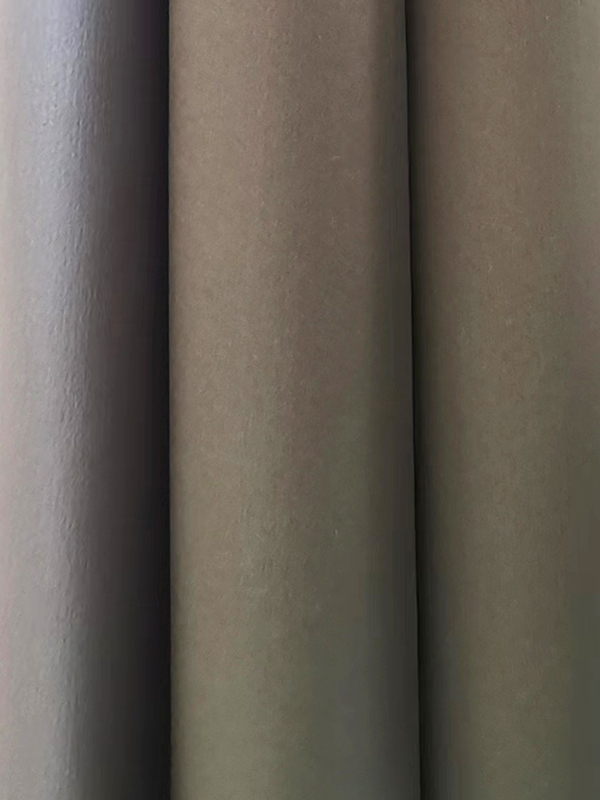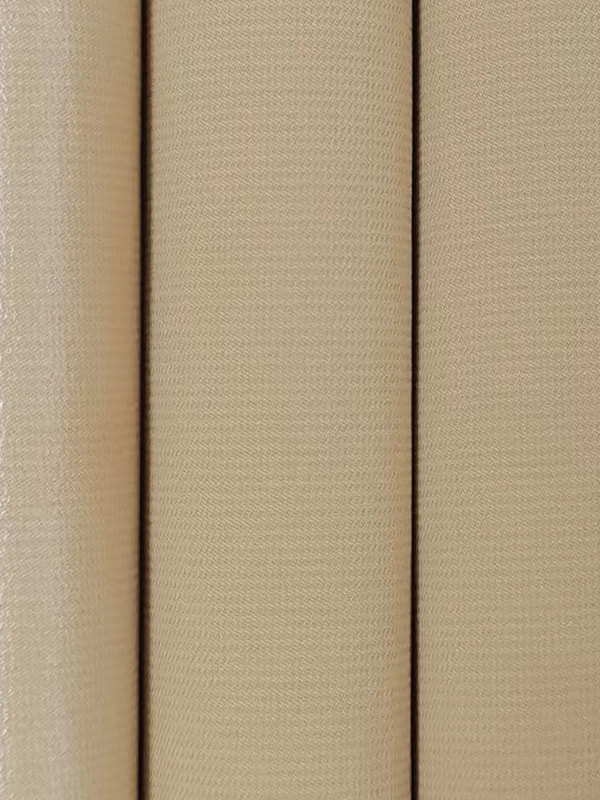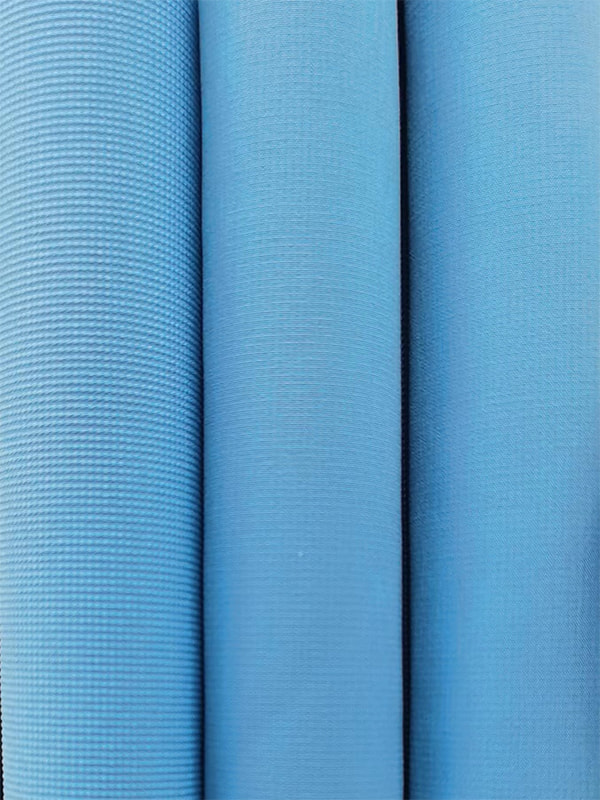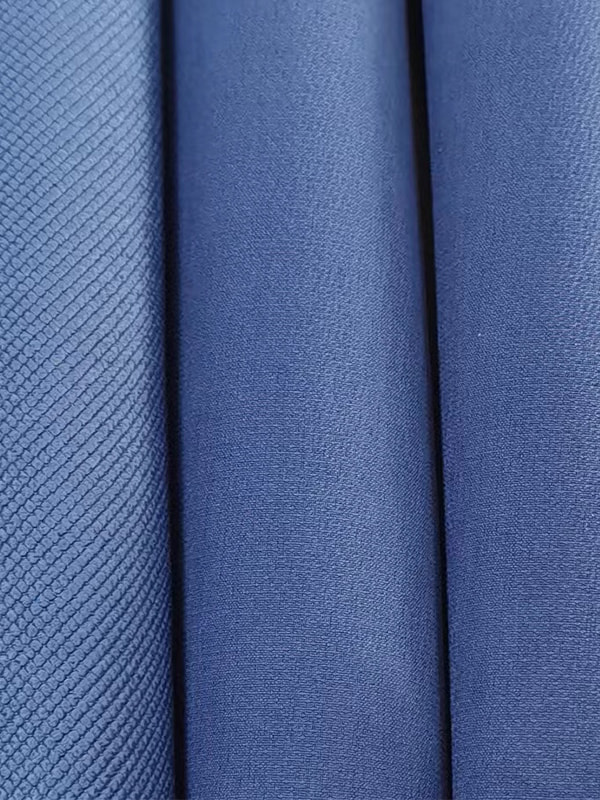How to Choose the Best Mountaineering Fabric for Jackets and Outdoor Gear
2025-11-06
Understanding the Essentials of Mountaineering Fabric
Selecting the right fabric for mountaineering gear is a critical decision that can significantly impact performance, comfort, and safety in harsh environments. The ideal fabric must strike a balance between durability, weather protection, breathability, and weight. This guide will delve into the key characteristics you need to consider, helping you make an informed choice for your next jacket or piece of outdoor equipment. We will explore specific fabric technologies and types, addressing common questions and needs that adventurers have.
Key Properties to Evaluate in Outdoor Textiles
Before diving into specific fabric types, it's crucial to understand the fundamental properties that define a high-performance mountaineering textile. These characteristics are often interdependent, and improving one can sometimes mean compromising another. A comprehensive understanding will allow you to prioritize based on your specific climbing objectives and the conditions you expect to face.
Durability and Abrasion Resistance
Mountaineering involves contact with rock, ice, and rough surfaces. Durability is paramount. This is often measured by the denier (D) of the fabric, which refers to the thickness of the individual threads. A higher denier generally indicates a heavier and more robust fabric.
- Low Denier (10D-30D): Excellent for ultralight gear and packed layers where weight savings are critical, but sacrifice some durability.
- Medium Denier (40D-70D): The sweet spot for many hardshell jackets, offering a good balance of weight, packability, and resistance to wear and tear.
- High Denier (80D+): Found on high-wear areas like shoulders and cuffs, or on heavy-duty expedition packs. These fabrics are extremely tough but are also significantly heavier.
Furthermore, the weave and ripstop patterns can enhance durability without drastically increasing weight. A fabric's ability to resist tears and punctures is a non-negotiable feature for any serious mountaineering application.
Waterproofness and Breathability Dynamics
This is the classic trade-off in outdoor fabrics. Waterproofness keeps moisture out, while breathability allows perspiration vapor to escape.
Waterproofness is typically measured in millimeters (mm) of water column pressure. A rating of 10,000mm is considered waterproof for rain, while 20,000mm and above is suitable for severe, prolonged exposure. Breathability is measured in grams (g) of water vapor per square meter over 24 hours (g/m²/24hrs). Higher numbers indicate better breathability.
The following table contrasts different levels of these properties:
| Performance Level | Waterproofness (mm) | Breathability (g/m²/24hrs) | Typical Use Case |
|---|---|---|---|
| Basic Weather Protection | 5,000 - 10,000 | 3,000 - 5,000 | Light hiking, casual use |
| Standard Mountaineering | 15,000 - 25,000 | 10,000 - 15,000 | Alpine climbing, backpacking |
| Expedition-Grade | 28,000+ | 20,000+ | High-altitude, extreme conditions |
It's vital to remember that these lab tests provide a benchmark, but real-world performance can be influenced by factors like dirt, wear, and the user's activity level.
Weight and Packability for Alpine Efficiency
Every gram counts when you are carrying it up a mountain. The weight of a fabric directly influences fatigue and speed. Packability refers to how small a garment can be compressed, which is crucial for layers that are not always worn. Modern high-performance fabrics achieve remarkable feats of engineering by using incredibly thin yet strong membranes and face fabrics, allowing for a complete hardshell jacket to weigh less than 400 grams. The quest for lightweight mountaineering fabric for extreme weather is a driving force in textile innovation, pushing the boundaries of what is possible without sacrificing core protective properties.
Comparing Common Mountaineering Fabric Technologies
With the core properties in mind, we can now examine the primary fabric technologies available. Each system has its own philosophy and method for achieving weather protection and comfort.
Laminated Membranes vs. Durable Water Repellent (DWR) Coatings
It is essential to distinguish between the permanent waterproof layer and the temporary surface treatment.
Laminated Membranes: This is a microscopic, porous layer permanently bonded to the interior of the face fabric. The pores are small enough to prevent liquid water from entering but large enough to allow water vapor (sweat) to pass through. This is the core of the garment's waterproof-breathable function.
DWR Coatings: This is a durable water repellent treatment applied to the *exterior* of the fabric. It causes water to bead up and roll off the surface, rather than soaking into the face fabric. This is crucial because a saturated outer fabric, a condition known as "wetting out," nullifies the breathability of the membrane underneath. DWR is not permanently durable and will wear off over time, requiring re-treatment.
The question of best breathable fabric for climbing jackets is often centered on the type of membrane used and its performance characteristics. Laminated membranes provide the permanent protection, while DWR enhances their effectiveness.
Exploring the 2-Layer, 2.5-Layer, and 3-Layer Constructions
These terms describe how the protective membrane is integrated into the garment, which affects weight, durability, and feel.
- 2-Layer: The membrane is laminated to the inner side of the face fabric, and a separate, loose-hanging liner is added inside the garment for comfort and protection. This construction is generally more durable and comfortable against the skin but is also heavier and less packable.
- 2.5-Layer: The membrane is laminated to the face fabric, and a very light, semi-permanent protective print or coating is applied to the inside for comfort. This results in the lightest and most packable garments, but they can feel less comfortable and may be less durable over the long term compared to 3-layer options.
- 3-Layer: The membrane is sandwiched and laminated between the outer face fabric and an inner scrim (a thin, woven or non-woven material). This creates a single, robust, and high-performing package. It is typically more durable and breathable than 2.5-layer, with a better feel against the skin, but it is also slightly heavier and more expensive.
The choice here is a direct trade-off between ultimate weight savings and long-term durability and comfort.
Specialized Fabric Types for Demanding Conditions
Beyond the standard hardshell, several specialized fabrics serve specific purposes in a mountaineer's kit. Understanding these will help you assemble a versatile and effective clothing system.
The Role of Softshell Fabrics in High-Activity Scenarios
Softshell fabrics are a category focused on breathability, stretch, and weather resistance, rather than absolute waterproofness. They are ideal for high-output activities where precipitation is light or sporadic, such as climbing on a cold, dry day or during strenuous uphill sections.
- They typically feature a tightly woven, water-resistant outer face and a soft, brushed inner surface for comfort.
- Their high breathability and stretch make them incredibly comfortable for movement.
- They offer excellent wind resistance and decent protection from light rain and snow.
When considering durable softshell material for alpine climbing, look for fabrics with high abrasion resistance in key areas and a robust DWR treatment. A softshell is often the workhorse layer for many climbers, worn more frequently than a hardshell during dry, cold, and windy conditions.
Insulating Fabrics: Synthetics for Damp Environments
While not outer layers, insulating fabrics are a critical part of the system. In wet and unpredictable mountaineering environments, synthetic insulation is often preferred over down.
Synthetic insulation is made from polyester fibers that are structured to trap air. Its primary advantage is that it retains its insulating properties even when wet. Down, in contrast, loses almost all its loft and warmth when saturated. This makes a synthetic insulation for wet mountaineering conditions a safer and more reliable choice for most alpine adventures, especially in snowy or potentially wet climates. While synthetic insulations are generally heavier and less packable than down for an equivalent warmth, the trade-off for consistent performance in damp conditions is well worth it for safety.
Reinforcement Fabrics for High-Wear Zones
To enhance durability without making the entire garment excessively heavy, manufacturers often use different fabrics on high-wear areas. This is a key feature to look for in gear meant to last. You will often find tougher, higher-denier fabrics on the shoulders (where backpack straps sit), the cuffs, and the sides of the jacket (which can rub against a harness or rock). This strategic use of ripstop nylon vs polyester for outdoor gear is a common point of differentiation. Ripstop nylon, with its grid-like reinforcement threads, is excellent for preventing tears from propagating and is often used in these high-stress zones due to its superior tear strength compared to standard weaves of the same denier.
Making the Final Decision: A Practical Framework
Armed with this knowledge, how do you choose? The answer is not a single fabric, but a system tailored to your goals.
Matching Fabric Technology to Your Climbing Objectives
Your choice should be dictated by the specific challenges of your planned routes.
- Fast and Light Alpine Ascents: Prioritize weight and packability. A 2.5-layer or lightweight 3-layer hardshell is ideal. Look for the highest breathability ratings you can afford.
- Multi-Day Expeditions in Storm-Prone Ranges: Durability and absolute weather protection are key. A robust 3-layer hardshell with a high waterproof rating and reinforced high-wear areas is essential.
- Mixed Rock and Ice Climbing: Abrasion resistance is paramount. A durable 3-layer hardshell or a burly softshell for drier conditions, with a focus on high-denier face fabrics and reinforced panels.
Understanding the nuances of Gore-Tex alternatives for hiking jackets is part of this process. Many excellent proprietary membranes exist that offer performance comparable to well-known brands, often at a different price point or with a slight emphasis on one property (e.g., breathability) over another (e.g., ultimate waterproofness). Researching these alternatives can help you find the best value and the most suitable fabric for your needs.
Balancing Budget and Long-Term Performance
High-performance fabrics command a premium. It's important to view your purchase as a long-term investment in your safety and comfort. A more expensive 3-layer garment made with top-tier materials will likely outlast and outperform a cheaper 2.5-layer alternative, providing better value over many years of use. Consider the cost per use over the lifespan of the gear. Investing in a versatile, durable fabric system from the start is often more economical than replacing inadequate gear prematurely.
Care and Maintenance for Maximizing Fabric Lifespan
The best fabric will underperform if not cared for properly. Follow the manufacturer's cleaning instructions meticulously. Regularly washing your technical gear with specific technical detergents removes body oils and dirt that can clog the membrane's pores and degrade the DWR coating. After washing, tumble drying on a low heat can often reactivate the DWR. Re-applying a DWR treatment periodically is necessary to maintain the water-beading performance of the outer fabric. Proper care ensures your lightweight mountaineering fabric for extreme weather continues to perform as designed, trip after trip.
Contact Us for More Details
Don't hesitate to contact when you need us!

 English
English 中文简体
中文简体









